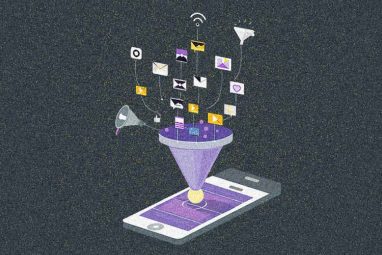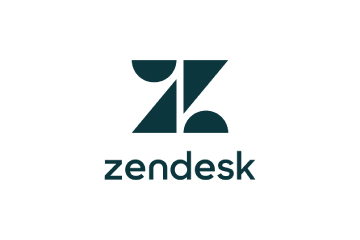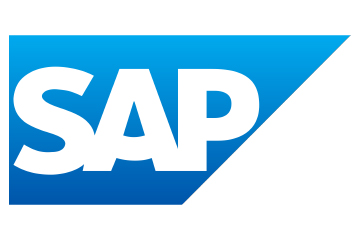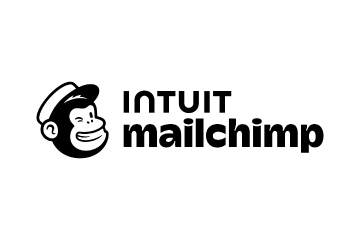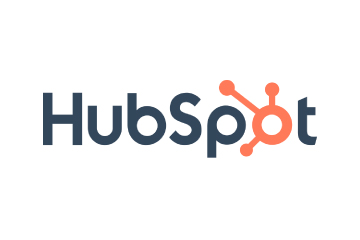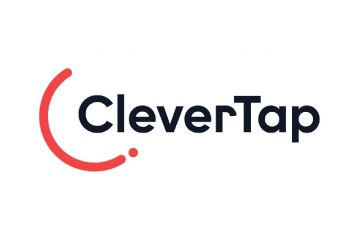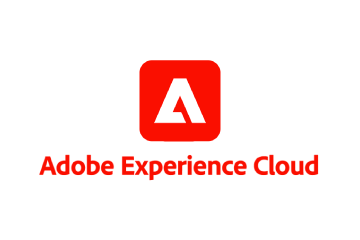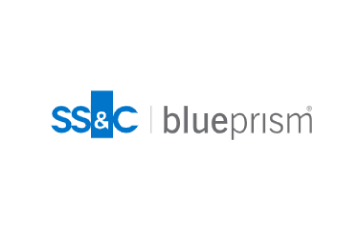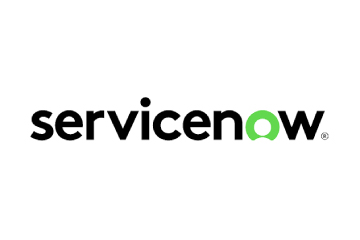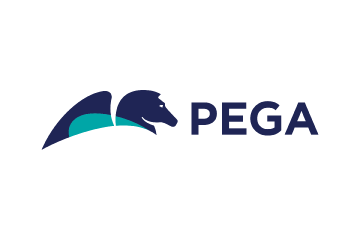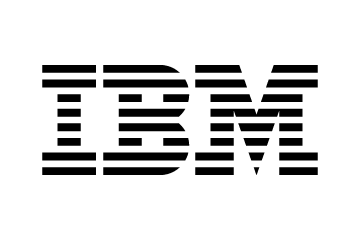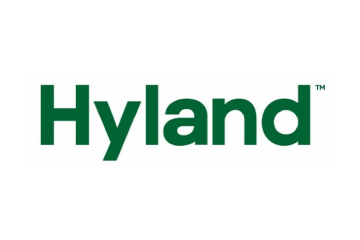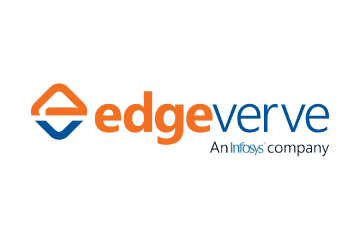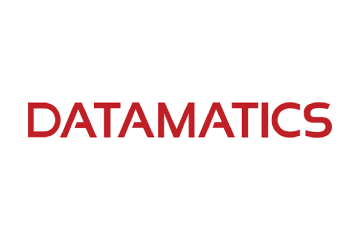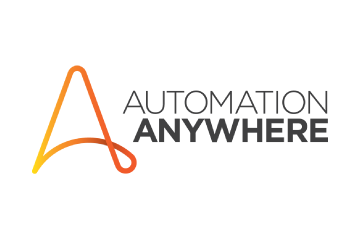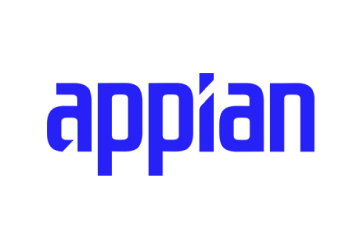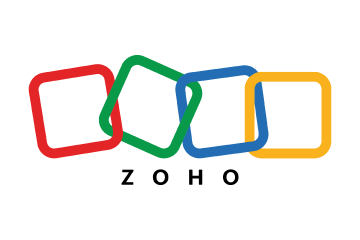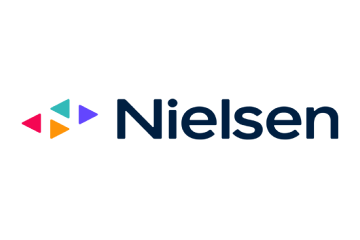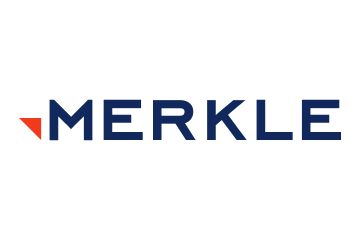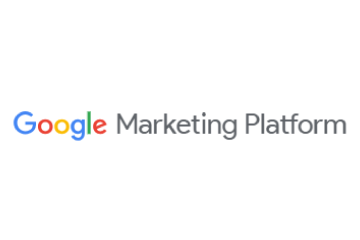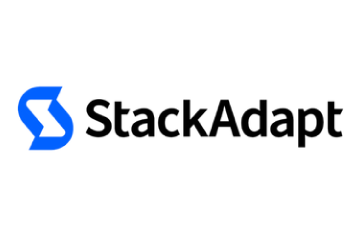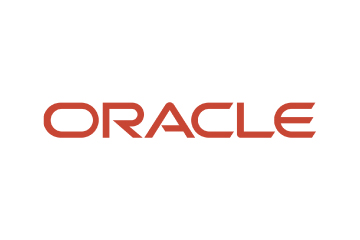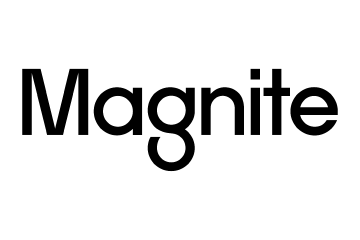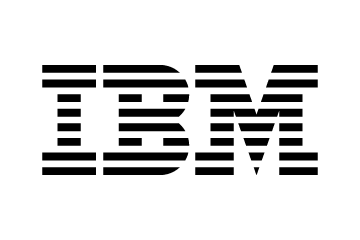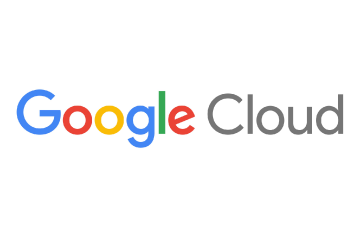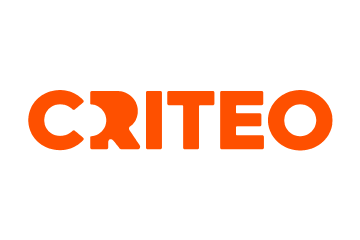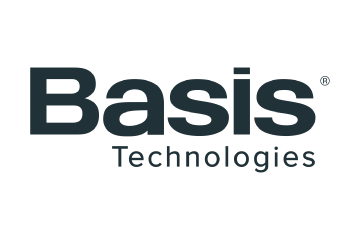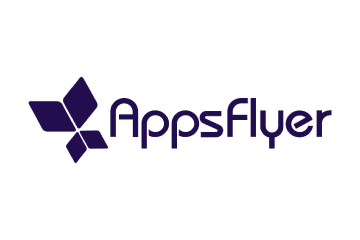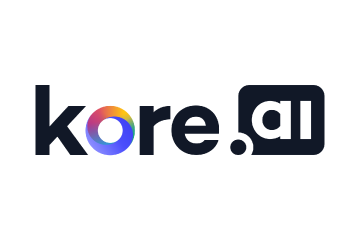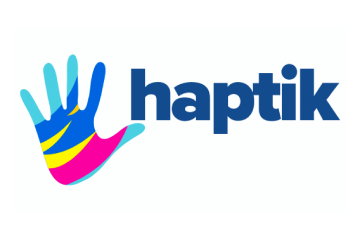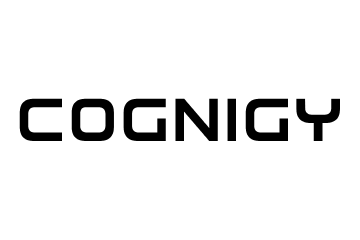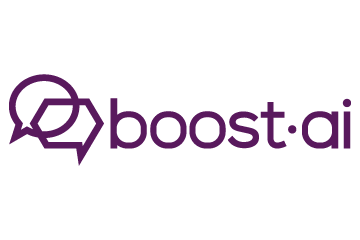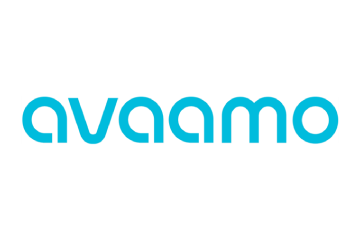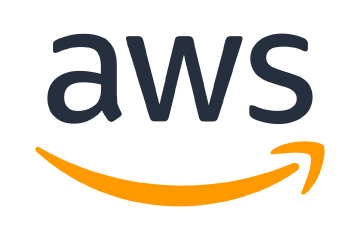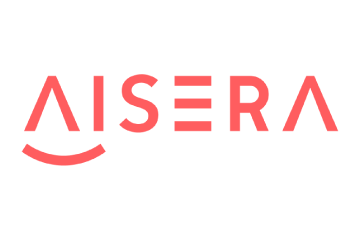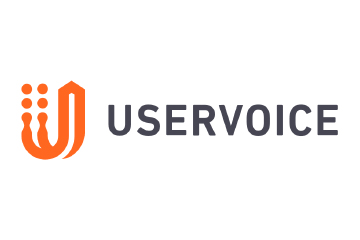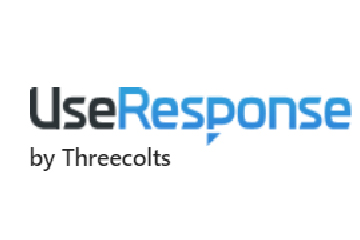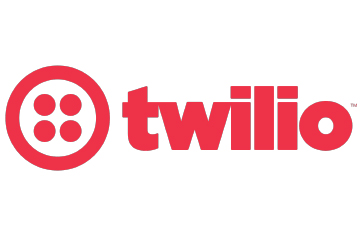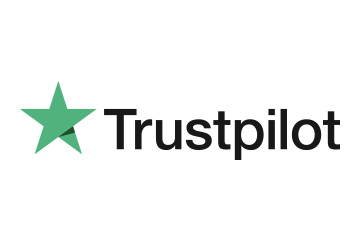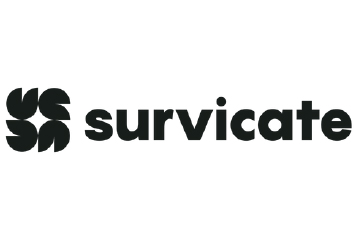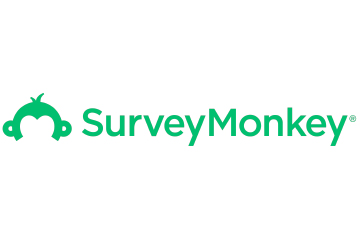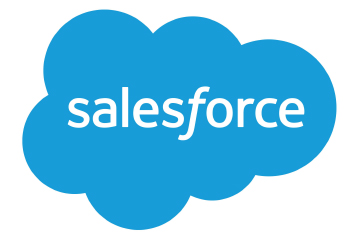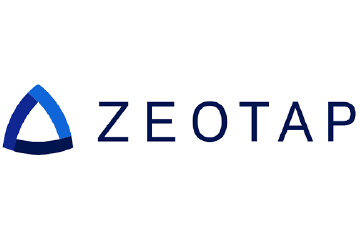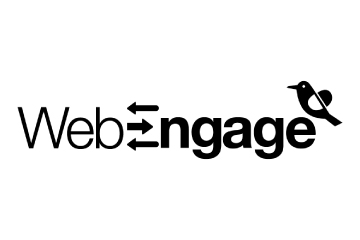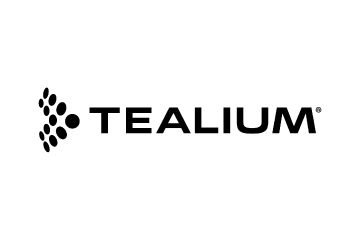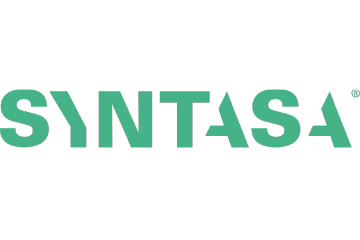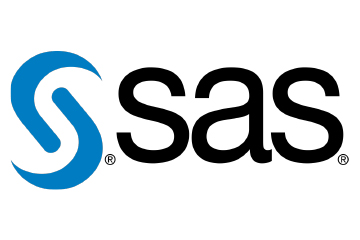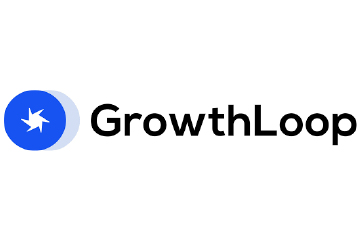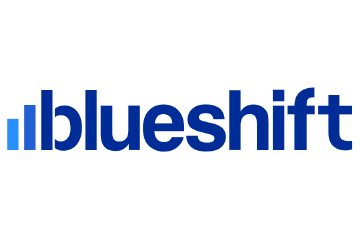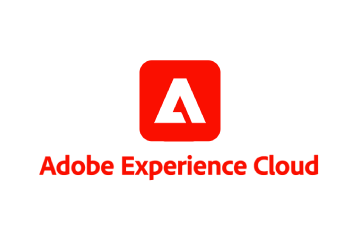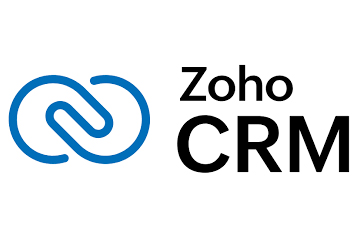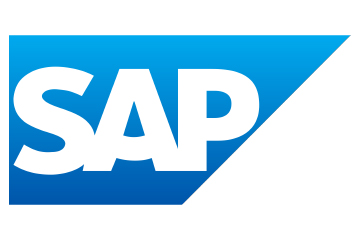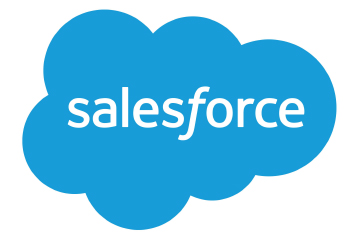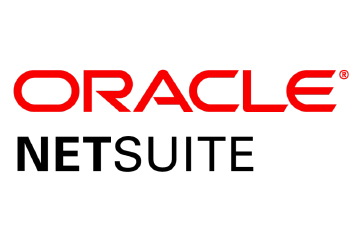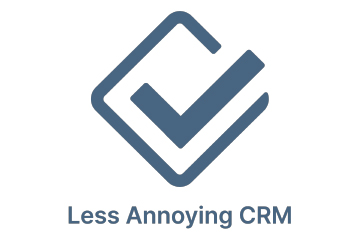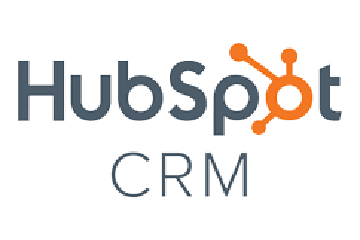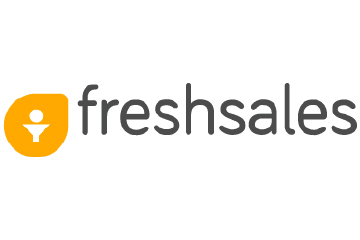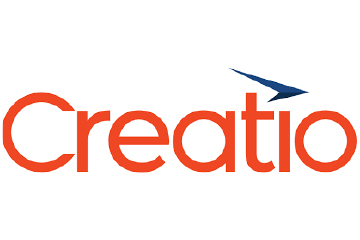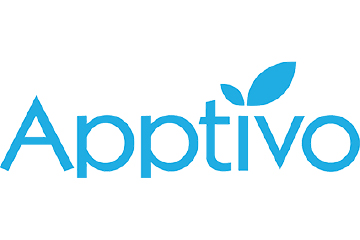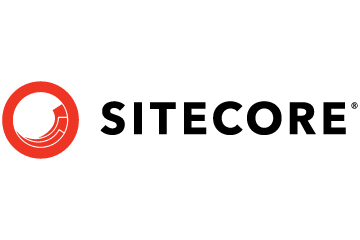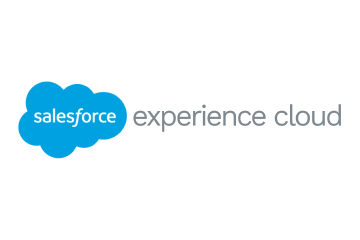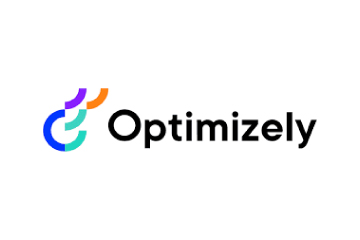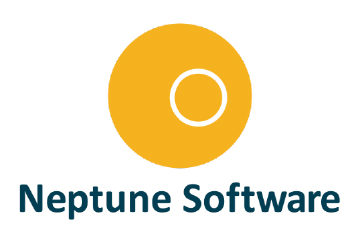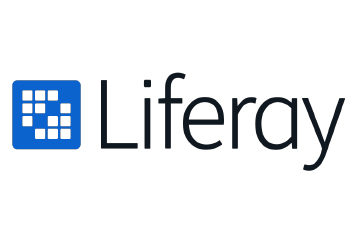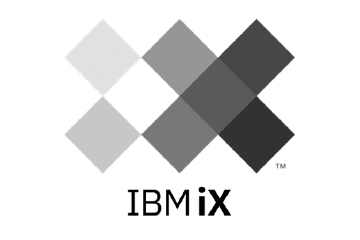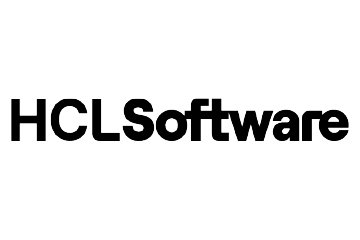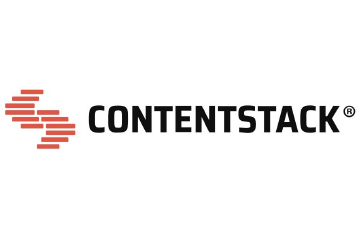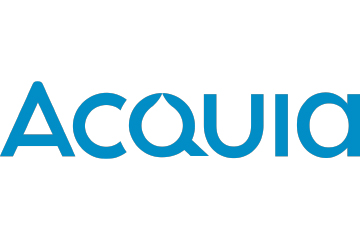The CX Problem Nobody Talks About—and How to Fix It
Here are three underexplored CX strategies martech leaders must adopt in 2025.
Topics

Users hate the CX world that martech helped create.
We’ve perfected scaling spam. We’ve automated mediocrity. In 2025, martech leaders need to stop asking, “How much faster can we scale?” and start asking, “What’s truly meaningful in CX?”
It’s time to face a hard truth: many traditional martech approaches have hit their saturation point. Scaling outreach, automating personalisation, and cramming CRM systems with scraped ICP data? It’s not innovative anymore—it’s just noise.
Worse, the tools and tactics that promise efficiency often falter in execution. The result? Scattershot integrations and cringe-worthy missteps like, “How’s your work at [job you left five years ago]?”
The evolution from digitisation to automation to AI has brought us here—a tipping point on the verge of the autonomous CX system revolution. But here’s the thing: consumers don’t care nearly as much as we tell our boards they do. Take Netflix. It’s never had more content, yet its users are more likely to Google “Best shows Netflix 2025 Reddit” than to rely on its in-platform previews. And this behaviour isn’t unique to Netflix—it’s a microcosm of consumer fatigue across all platforms.
So, what’s next? To truly elevate CX, we need to move beyond outdated playbooks and embrace approaches that prioritise meaning over scale. Here are three underexplored strategies martech leaders must adopt in 2025 (and few are talking about):
- Artisan CX
- Fractional Specialists
- Tackling Martech Debt
2025 Should Feature Artisan CX
Here’s the thing: automation and AI aren’t impressive anymore. The “Hi, [First Name]” personalisation tricks? Old news. The pop-ups asking me if the weather in Minneapolis is treating me well? Predictable (And from October to April, no, it probably isn’t).
Even when these tactics work, they don’t resonate because they’re so transparently empty. Worse, when they fail—and let’s be honest, they often fail—they actively degrade trust.
For 2025, we need to stop asking how much faster we can scale CX automation and start asking how we can craft genuine, human-centred experiences. I call this Artisan CX.
What Is Artisan CX?
Artisan CX is about moving beyond scaled mediocrity. It’s a commitment to creating experiences that deliver novelty, authenticity, and emotional impact. It’s not about how many people you can reach—it’s about how deeply you can connect. Here’s what that looks like in action:
- Gifting Programs That Surprise and Delight
Thoughtfully chosen, personalised gifts that make customers feel seen and valued. - Interactive Website Experiences Designed for Knowledge Exchange
Platforms that don’t just sell but educate, engage, and empower users. - Events That Feel Bespoke, Not Boilerplate
Memorable gatherings tailored to your audience, not recycled templates.
Take EyeBuyDirect, for example. They’ve evolved their CX by understanding their customers’ preferences. From “Try at Home” kits to augmented reality solutions, they’ve empowered users to confidently shop for eyewear without leaving their homes.
Similarly, Outsource Consultants, a CX advisory, partnered with a leading AAA video game publisher to curate expert agents who engage and moderate their gaming communities. These agents reflect both the company’s culture and the unique dynamics of its audience. By moving beyond impersonal chatbots and unqualified call center agents, the publisher has built trust and loyalty, delivering experiences that feel organic and deeply meaningful.
When was the last time a CX initiative made your customer feel something? Probably never, because most of the tools and processes are designed to scale, not to connect. Let’s change that.
Get Fractional with Your CX
Over the last two years, I’ve seen more marketing leaders head into the fractional CMO wilderness, collecting a portfolio of clients and parachuting into organisations to share their expertise. On the surface, it sounds smart. But here’s the thing: the fractional CMO model often stretches too thin.
If you’re a leader considering this path, let me offer some advice: don’t hire a fractional CMO to “build brand awareness.” That’s vague, over-scoped, and destined for disappointment. Instead, narrow the focus.
What you really need are fractional SMEs (Subject Matter Experts)—specialists who dive deep into specific channels or initiatives, delivering expertise where it matters most. Unlike a fractional CMO, who comes at a premium, fractional SMEs are cost-effective, hands-on experts embedded in the platforms and tactics they manage. They not only execute but also operationalise processes, build playbooks, and equip your team with strategies that can outlive their tenure.
Here’s why this approach works:
- Cost-Effective Expertise
Fractional SMEs are more affordable than CMOs, especially for tasks like building a TikTok strategy or operationalising a Reddit community. These are jobs best handled by platform natives who are immersed in the space daily—not generalists looking to build expertise on your dime. - Speed to Results
With direct, recent hands-on experience, SMEs hit the ground running. They can execute faster and more effectively, delivering immediate results without the learning curve that often comes with higher-level strategists. - Documenting the Engine Without Breaking the Bank
A key requirement for any fractional hire—whether it’s an SME or a CMO—should be documenting processes, strategies, and pitfalls to ensure continuity after they move on.
The difference? It’s far less painful to pay for this effort with an SME than a CMO. Paying a premium for a fractional CMO to document a TikTok strategy, for example, makes little sense when a digital native with an active presence on the platform can do it more efficiently and affordably.
Pro Tip: Create an opportunity flywheel by building a trusted network of fractional talent. Share your best SMEs with others, and ask for referrals to specialists you need. This way, you’ll always have access to high-impact experts ready to tackle your next challenge.
I’ll start. Here are some professionals I would adamantly trust:
- Mason Cosby – ABM
- Rayna van Beuzekom – Video/Social
- Ding Zheng – Events/Videography
- Roman Krs – Google Ads
- AJ Wilcox – LinkedIn Ads
- Deborah Carver – CX Content
- Me (of course) – CX Advisory/Strategy
What Happens When Martech CX Debt Comes Due?
Here’s where it typically comes crashing down: Martech CX debt. Organisations buy themselves tools or people – when they should be buying time. Let me explain.
ALSO READ: Synergy Between Human Insight and AI-Powered Execution
What Is CX Debt?
For years, organisations have chased the latest AI tools or poured headcount into bloated CX teams, convinced that shiny new investments will fix their customer experience challenges. Spoiler alert: there is no silver bullet CX solution.
Why? Because most tools prioritise scale over strategy. And while people can deliver great strategies, it’s often at the expense of speed. These so-called “quick wins”—like surface-level omnichannel personalisation (e.g., “Hi [Name], I see you went to [college.name]”) or a shiny new chatbot that too often leaves customers frustrated and typing “AGENT!”—fail to address the bigger picture. Each new tool, hire, or short-term fix only adds to your CX debt:
- Stacks become bloated.
- Payrolls balloon.
- ROI remains elusive.
- And C-suite expectations for fast, measurable results grow heavier.
This problem is especially painful in emerging channels or underserved markets where the goal isn’t really scale but first-order awareness.
Why? Because great CX isn’t built overnight—it requires patience, iteration, and long-term vision. Instead, most leaders feel pressured to deliver vanity metrics like higher impressions or chatbot engagements at all costs, even if it’s not sustainable or meaningful.
What’s the Fix?
The answer isn’t more tools or more people—it’s often more time. And time comes from optimising what you already have. Here’s how:
- Cut Costs Wisely. Hire smarter, like leveraging fractional SMEs instead of splurging on expensive full-time executives.
- Redirect Savings. Funnel those cost savings into areas with long-term impact, like serving underserved customer segments or building out interactive CX programs.
- Buy Yourself Time. By reducing budget pressures and creating breathing room, you gain the ability to iterate, refine, and grow sustainably.
One often overlooked way to achieve this is by rethinking your labour strategy. For instance, instead of inflating payrolls to support CX goals, organisations can optimise their existing operations—whether through outsourcing, hybrid models, or smarter resource allocation.
This approach not only trims costs but frees up budget for the tools you think you need, ensuring you can layer in technology strategically without bloating your stack or overstretching your team. I’ve seen firsthand the power of teams that are willing to partner their labour operations with evolving CX tech.
Ask yourself: are you building CX to last, or are you paying interest on CX debt that’s due any minute now? With the right approach, you can stop chasing quick fixes and start building strategies that stand the test of time.
Embrace the Real CX Challenge in 2025
The real CX challenge isn’t a lack of tools or processes. It’s the scarcity of organisations using martech intelligently to serve real people. In our race to automate and scale, we often lose sight of what truly drives CX success: authentic human experiences.
Artisan CX, fractional specialists, and strategies to eliminate martech debt all serve a greater purpose. They create space to reconnect with customers on a personal level. Tools alone won’t deliver personalisation, loyalty, or affinity. It’s the people behind those tools, and the intention behind their use, that make the difference.
This approach is a true differentiator. If you are doing something no one else is doing, and your users are telling you it’s valuable, it doesn’t matter if it’s not done at the speed of light or if a robot can’t handle it. What matters is that it delivers real impact, and that’s where lasting CX success lies.
ALSO READ: How will Travel Loyalty Programmes Evolve in 2025?

